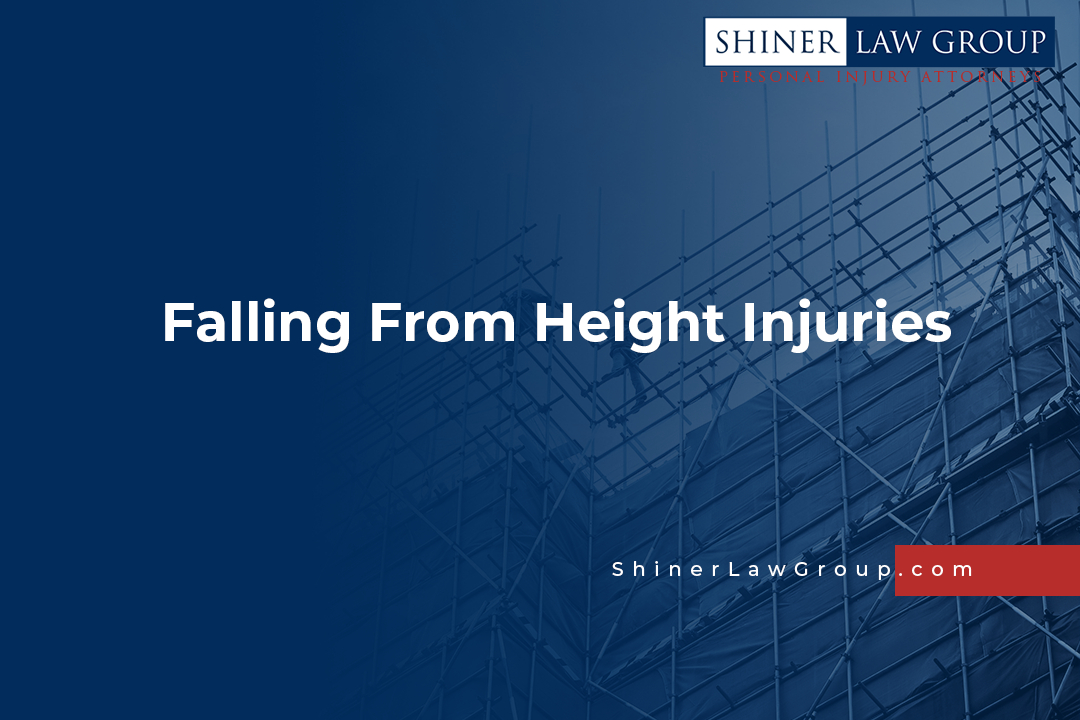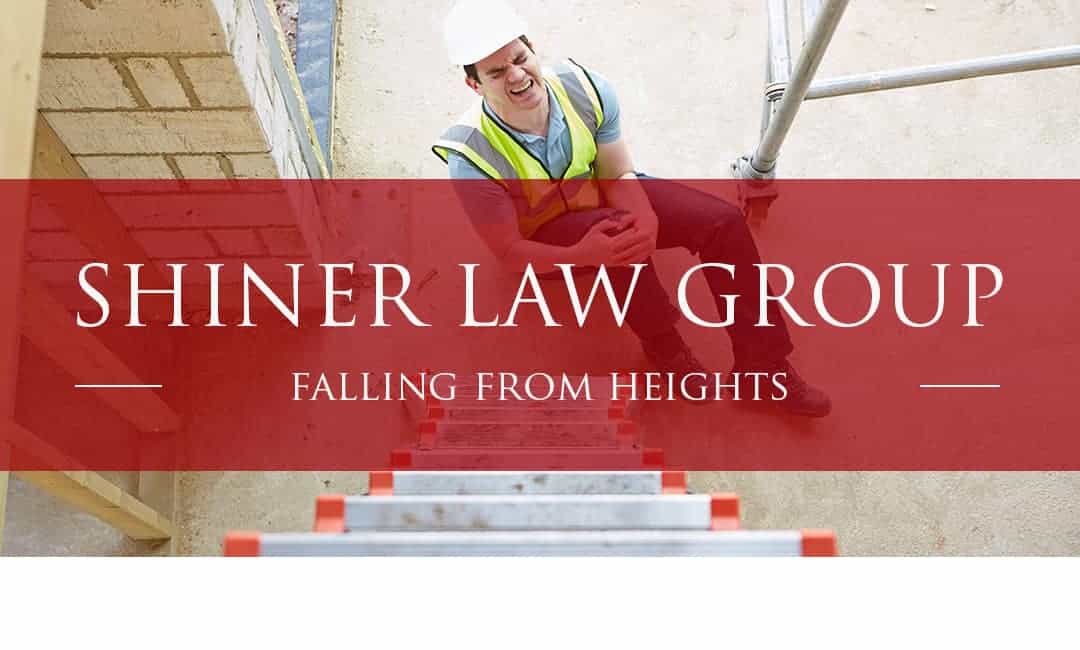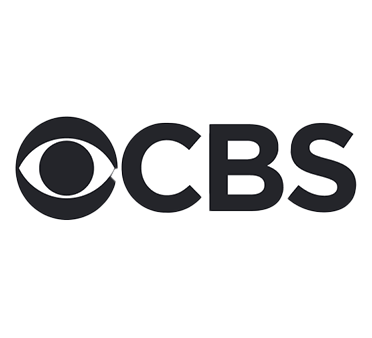At many occupations, employees are required to work at heights. They may have to work with platforms, scaffolds or ladders to complete a job-related task. The main risk these employees face is that they can fall to the ground because of inadequate fall protection. It is important for employers to take proper steps to protect their employees who work at heights to help avoid unfortunate, serious accidents.
Fall Prevention
Federal Occupational Safety and Health Administration (OSHA) mandate use of fall prevention systems to protect the workers from falls that are greater than 4 feet. Moreover, standard guardrail or equivalent should be installed along all unprotected edges of open side runaways, platforms, and floors greater than 4 feet above the lower level or the floor. Fall protection is also required at floor and wall openings of stairwells, ladder opening and chute openings.
Common Injuries from Falling
A fall from a height can lead to permanent and temporary injuries. The most common injuries workers suffering as a result of falling from heights include:
- Traumatic brain injury
- Head injuries
- Neck injuries
- Broken bones
- Spinal cord injuries
- Tissue damage
- Lacerations
- Internal organ damage

Who Is Most at Risk?
Many employees in different types of occupations could be at risk of falling from heights, including:
- Those involved in construction and maintenance
- Window cleaners, decorators, and painters
- Those involved in transport industry
Fall from heights incidents are usually the result of poor safety protocols and poor management controls. Common factors include:
- Not recognizing a problem
- Not providing safe systems to employees working at heights
- Inadequate supervision, training, instruction or information provided to workers
- Failure to use the equipment properly
- Lack of fall protection systems
Some common types of fall accidents include:
- Falling from ladders
- Falling from machines
- Falling through roofs
- Falling from scaffolding
- Falling from open edges like roofs, platforms, loading bays and holes in the floor
Good Practices to Prevent Falls from Heights
General Safety Tips
- A railing and floor hole or toe-board cover must be put in place for floor holes that an employee may accidently walk into.
- Every open-sided, elevated runway, floor or platform should have guard rails and toe-boards.
- If a worker could fall onto or into an equipment or machine, there should be top-board and guardrail in place
- Depending on the site of work, an employer may need to provide safety line and harness, hand railings and safety nets
- Working areas should be free from known dangers
- Personal protective equipment should be provided to workers
- All workers must be properly trained about hazards
Safety Tips for Working with Ladders
- Ladders should be inspected before and after use. Defective ladders or faulty ladders should not be used.
- They should be kept away from electric wires
- Ladders should be tied of at the top and secured at the bottom
- The worker should face the ladder while they are climbing up or coming down and when they are working on it
- Before a worker climbs the ladder, they should clean the soles of their shoes of debris or mud to prevent slips
- Ladders shouldn’t be climbed in slippery or wet conditions
- They should be positioned closed to work
Safety Tips for Mobile Elevated Platforms
- Mobile elevated work platforms should be used only on level and firm ground
- Workers should wear fall arrest harness
- The platform should be kept under safe working limits
Personal Protective Equipment
If employees are to engage in work that could lead to a fall, it’s essential that they’re properly outfitted with personal protective equipment. This could include saddles or body belts, full-body harnesses, personal fall arrest systems and lanyards or energy absorbers. These guidelines must be followed for proper maintenance and usage of protective equipment:
- All equipment should be properly inspected before use. If there’s doubt about the fitness or maintenance of equipment, it shouldn’t be used. Any defective/faulty equipment should be immediately replaced.
- If a fall accident occurs, all involved equipment and ropes should be replaced
- Fall arrest equipment should be inspected by a trained person every year
- Manufacturer’s guidelines and warnings should be used for stretch distances, adjusting and fitting, function and purpose and storage and cleaning.
Legal Rights of Employees
What are the rights of workers who’re injured from falling from heights while working for their employer? The injured worker may be entitled to receive the workers’ compensation benefits. If a workers falls and gets injured while working, they should inform their employer as soon as possible. The employer may file a workers’ compensation claim with its insurance company. Workers’ compensation claim covers medical bills and lost wages up to a certain level.

An Attorney for Injuries From Height Falls
If you fall while working for your employer and suffer an injury, you may be entitled to workers’ compensation benefits. Therefore, you should file a claim with your employer to be compensated for your medical bills and lost wages. In certain cases where your fall resulted from the negligence of another person or party, you may be entitled to personal injury benefits along with workers’ compensation claim. An experienced personal injury attorney can help you understand the benefits you’re entitled to in case of a work-related fall accident. When you need a professional attorney to help you with work-related fall case, call Shiner Law Group. Our attorney will evaluate your case and will try their best to help you receive the compensation you’re entitled to.



